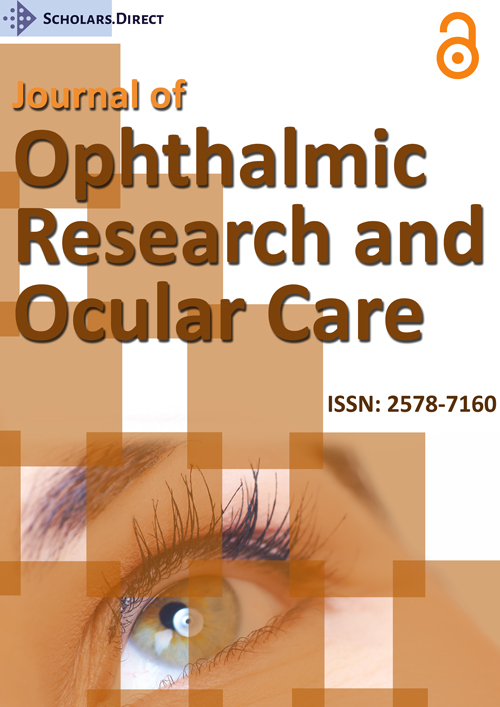Neuropeptide Research in the Eye
The neuropeptide research in the eye began in the 80's with the investigation of the presence and distribution of substance P (SP), calciton in gene-related peptide (CGRP), vasoactive intestinal polypeptide (VIP) and neuropeptide Y (NPY). SP and CGRP have been found to be constituents of the sensory innervation of the eye whereas VIP can be attributed to the parasympathetic and NPY to the sympathetic innervation. In general, a widespread but moderate innervation was commonly found for neuropeptides with sparse nerve fibers being present in the corneal stroma, surrounding blood vessels at the limbus, in the irideal stroma and both in association to the sphincter and dilator muscle, in the stroma of the ciliary body at the base of the processes, in the stroma of the processes as well and finally in the choroid. Thereafter, further neuropeptides have been explored, in particular galanin, somatostatin, cholecystokinin, nNOS and NADPH, PACAPs, neurokinin A and secretoneurin (SN) and these peptides could be attributed to the sensory innervation of the eye as well although there are species differences in the origin of nerves which is the case especially for galanin. A comprehensive update of the most important literature on this issue has been reviewed by us in "Brain Research Reviews" in 2007. In the last ten years, our interest focused to investigate the presence and distribution of granin-derived peptides. The granins are the acidic proteins of secretory granules in neuroendocrine tissues and comprise chromogranin A, B and secretogranin II. These proteins are tissue-specifically processed and certain cleavage products have been explored in the eye. This is the case for SN, PE-11, secretolytin, WE-14, GE-25, catestatin and serpinin. Most of these peptides have been found to be constituents of the sensory innervation of the eye and in the retina, SN, WE-14 and catestatin have been localized in amacrine cells, the typical appearance of neuropeptides, whereas the presence of secretolytin in ganglion cells and of PE-11, GE-25 and serpinin in glia is atypical. The functional role of neuropeptides in the eye is not clear. However, the sensory peptides SP, CGRP, PACAP and nNOS mediate the irritative response, a model for neurogenic inflammation in the eye, which consists of miosis, vasodilation, enhanced permeability and rise in intraocular pressure. Furthermore, SP is important in wound healing in neurotrophic keratopathy. In the future, some further suggestions must be considered. On the one hand, certain neuropeptides act pronouncedly proangiogenic and might be involved in the development of neovascularizations in the eye, in particular in wet age-related macular degeneration, proliferative diabetic retinopathy, oxygen-induced retinopathy and central retinal vein occlusion. The peptides of interest in this concern are SP, NPY, SN and catestatin. On the other hand, PACAP, VIP and the VIP-related proteins ADNP and ADNF as well as some other amacrine cell peptides exert neuroprotective effects especially in the central nervous system and since these peptides are present in the inner retina and are cellularly in close contact with ganglion cells, they might act endogenously neuroprotective on ganglion cells. This would be of interest in glaucoma which is characterized by the loss of ganglion cells due to an elevated intraocular pressure and consequently visual field defects. If certain neuropeptides are indeed involved in endogenous neuroprotective mechanisms, the primary aim must be to maintain such mechanisms in glaucoma which must be confirmed in the future.
In conclusion, the presence and distribution of neuropeptides have been well explored during the last three decades. But it is important to continue the science on this branch since there exist some biologically highly active peptides, especially vasostatins and pancreastatin. On the other hand, the functional role of neuropeptides in the eye is far less explored and consequently not well understood. Therefore, experiments must be performed to elucidate their functional role and "Journal of Ophthalmic Research and Ocular Care" might provide a novel platform for publication of such studies.
Corresponding Author
José L Hernández MD, PhD, Department of Internal Medicine, Hospital Marqués de Valdecilla, Avda. Valdecilla s/n, 39008 Santander, Spain, Tel: 34-942-202513.
Copyright
© 2017 Troger J. This is an open-access article distributed under the terms of the Creative Commons Attribution License, which permits unrestricted use, distribution, and reproduction in any medium, provided the original author and source are credited.




